Franz Priking (born Pricking) is a German painter and lithographer born in August 1929 in Mülheim (North Rhine-Westphalia) and died in 1979 in Oppède (Vaucluse).
Franz Priking's pictorial sensitivity was awakened from his childhood by the education of a metallurgical engineer father (died in 1947) passionate about Italian Renaissance and Baroque art.
He approaches painting through philosophical studies, first moving towards a lyrical abstraction “revealing a sensitivity in search of itself”. The stays he then made at the Bauhaus in Weimar (1948) and at the Academy of Arts in Berlin (where he was a student of Max Pechstein between 1948 and 1950 and where Karl Hofer praised his drawings) revealed to him, with German Expressionism, an art form more in keeping with his temperament. It was during this period that in Berlin, through the painter Hans Tombrock (de), Priking got closer to Bertolt Brecht, living for ten months in close proximity to the playwright.
In 1950, Franz Priking left Germany for Paris, where he remained for a short time, reaching Provence and stopping in Villeneuve-lès-Avignon. During his first French exhibition at the Réattu museum in Arles, in 1952, he met Pablo Picasso and worked for seven months under the master's advice in Vallauris.
Priking, after these seven months, returns to the Avignon region, to Barbentane. This is the time when he marries Gil, where he lives from food work during the day, painting at night.
In 1953-1954, detaching him from a brief cubist temptation initiated by Picasso, the large black rings with which he would permanently surround the objects appeared in his paintings and which remain today the best-known characteristic of his work, also interpreted as the search for this “new realism” in the free reminiscence of the theories of Bertolt Brecht and which he will explain in a writing, Manifesto of the new realism. The painting dealer Emmanuel David, met through Dr Bigonnet, recounts how, interested in Franz Priking, he came specially from Paris to knock on his door and begin a collaboration which would last until 1979.
In 1958, Franz Priking acquired the medieval house of Oppède, which for years he undertook the restoration of, “transforming this vast cellar into a Gothic nave”, however setting up his workshop “in the mountain, straddling the vineyard and the pine forest”, “outside the village, in an isolated, half-ruined farm, where he finds the meditation and near-destitution he needs to create.” Another lasting relationship was then formed with the gallery of Philippe and Madeleine Ducastel, in Avignon.
In 1970, after a brief abstract period, a form of symbolism was introduced into the work of Franz Priking which until then had been purely representational (nudes, still lifes, landscapes) and which would consist of winged horsewomen with heads of horses. eagle, levitating rocks, landscapes imprisoned on islets floating in space, the perspectives being affirmed by geometries (circles, straight lines, rectangles, triangles) superimposed on them, the artist thus reformulating his "principle of a structured conception that we obtain by a mathematical construction within a precise thought.
Franz Priking died on June 10, 1979, a few weeks before his retrospective exhibition during the summer season at the Château de Val. His painting Le Château de Val, kept at the castle, is his last painting. Original frame
Plaster and gilded wood frame
92 x 111.5 x 4 cm
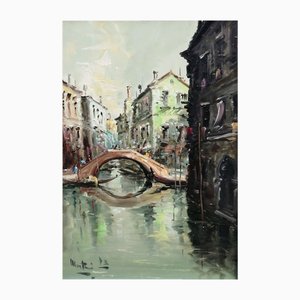

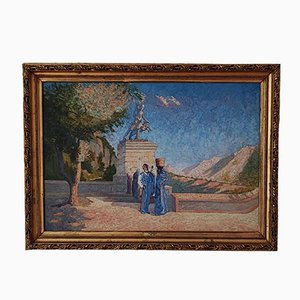
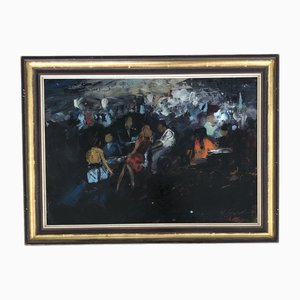


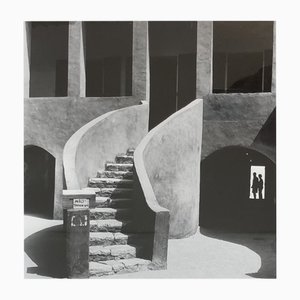
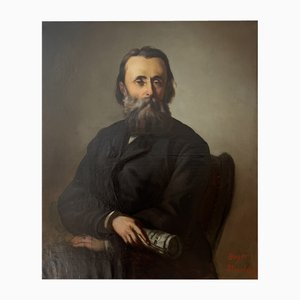
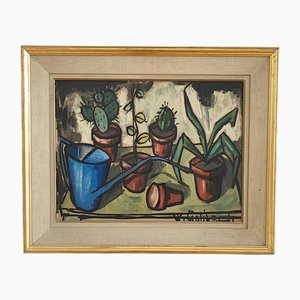
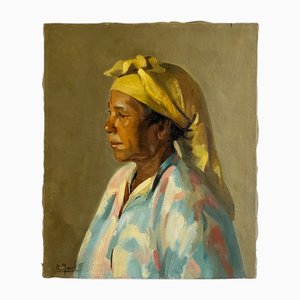
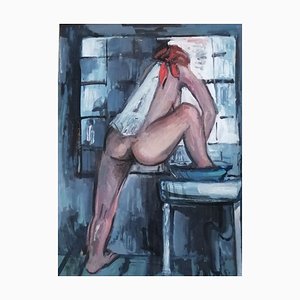
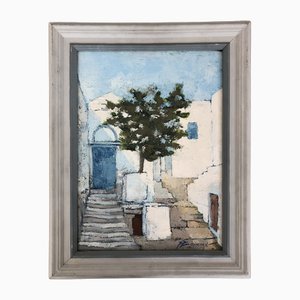

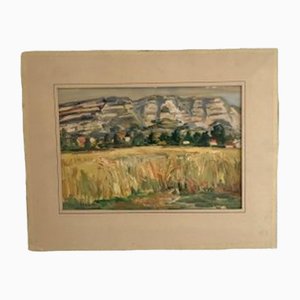
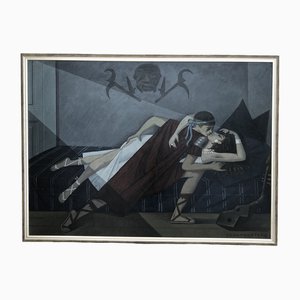

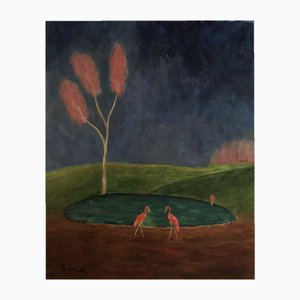

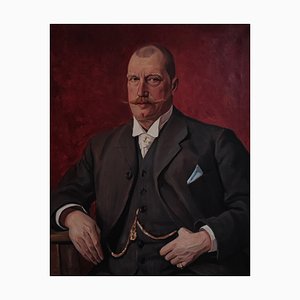
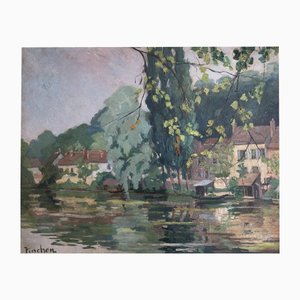
Get in Touch
Make An Offer
We noticed you are new to Pamono!
Please accept the Terms & Conditions and Privacy Policy
Get in Touch
Make An Offer
Almost There!
To follow your conversation on the platform, please complete the registration. To proceed with your offer on the platform, please complete the registration.Successful
Thanks for your inquiry, someone from our team will be in touch shortly
If you are a Design Professional, please apply here to get the benefits of the Pamono Trade Program